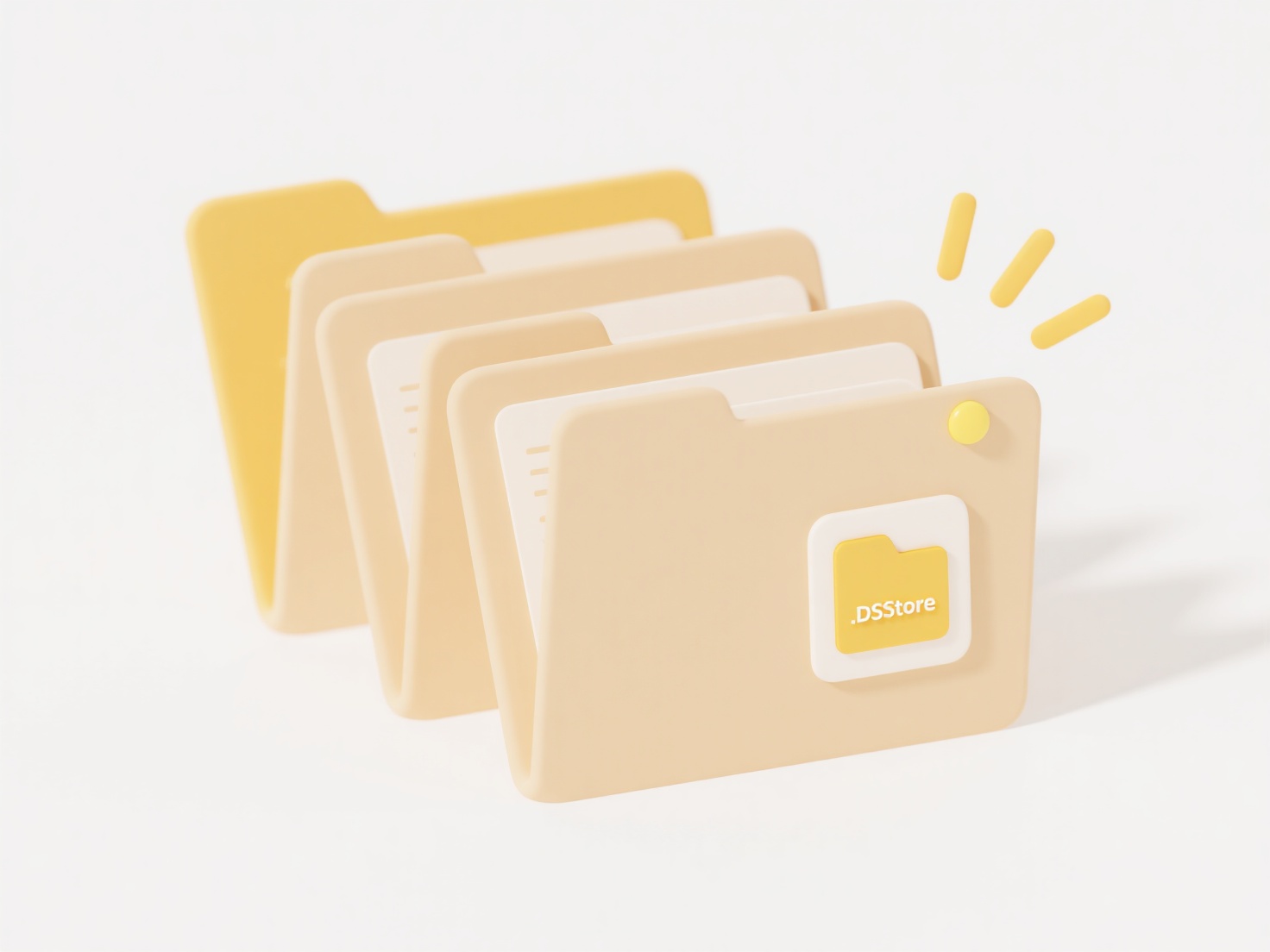
File names for email attachments should generally avoid special characters like #, &, !, [, or accented letters (é, ñ). These characters are non-alphanumeric symbols beyond basic letters and numbers. Email systems and recipient devices often use different underlying encoding standards; special characters can sometimes cause failures during file transfer, rendering attachments unusable, or appear corrupted at the destination. This happens because the character encoding might not be interpreted consistently across platforms and email clients.

For instance, naming a medical report "Patient_History_#123.pdf" is safer than using "Patient History #123.pdf". Similarly, when sharing code files via email, "project_code-notes.txt" ensures wider compatibility compared to "project_code*notes.txt", which might fail on some systems. Standard business documents, legal contracts, and creative content all benefit from predictable naming conventions using underscores or hyphens instead of spaces and special symbols.
The primary advantage of this restriction is maximizing compatibility and ensuring the attachment reliably reaches the recipient intact. The main limitation is reduced expressiveness in file naming. While modern systems are improving, avoiding special characters remains best practice for critical communication. Unsupported characters can lead to attachment rejection or corruption, potentially delaying workflows or causing data loss, underscoring the importance of this simple precaution.
How do I handle special characters when naming files for email attachments?
File names for email attachments should generally avoid special characters like #, &, !, [, or accented letters (é, ñ). These characters are non-alphanumeric symbols beyond basic letters and numbers. Email systems and recipient devices often use different underlying encoding standards; special characters can sometimes cause failures during file transfer, rendering attachments unusable, or appear corrupted at the destination. This happens because the character encoding might not be interpreted consistently across platforms and email clients.

For instance, naming a medical report "Patient_History_#123.pdf" is safer than using "Patient History #123.pdf". Similarly, when sharing code files via email, "project_code-notes.txt" ensures wider compatibility compared to "project_code*notes.txt", which might fail on some systems. Standard business documents, legal contracts, and creative content all benefit from predictable naming conventions using underscores or hyphens instead of spaces and special symbols.
The primary advantage of this restriction is maximizing compatibility and ensuring the attachment reliably reaches the recipient intact. The main limitation is reduced expressiveness in file naming. While modern systems are improving, avoiding special characters remains best practice for critical communication. Unsupported characters can lead to attachment rejection or corruption, potentially delaying workflows or causing data loss, underscoring the importance of this simple precaution.
Quick Article Links
What are cloud sync rules?
Cloud sync rules are user-defined settings that control how files and folders synchronize across devices through cloud s...
How do I convert a .zip to an .iso file?
Converting a .zip file to a .iso file isn't a direct conversion because they serve different purposes. A .zip file is an...
Can I use file extensions to create automatic classification rules?
Can I use file extensions to create automatic classification rules? File extensions are a traditional method for ident...